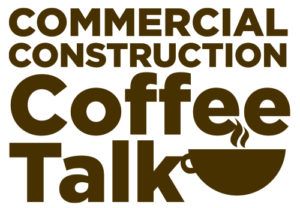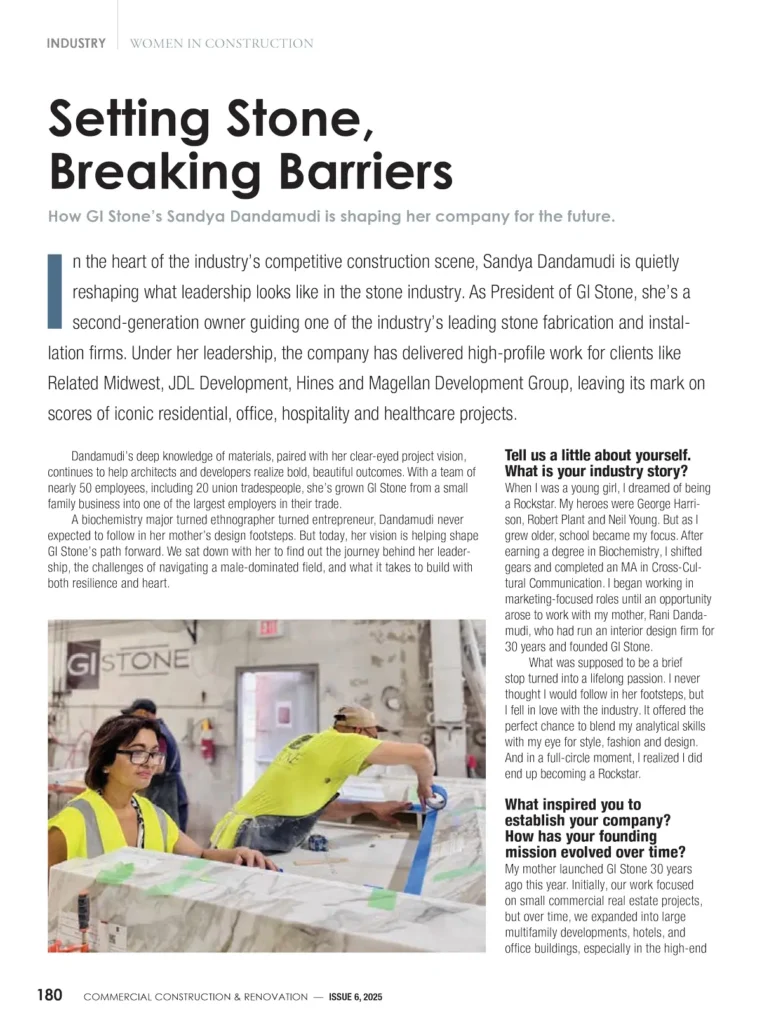A beautifully designed yard does more than just impress the neighbors—it creates an environment that supports your lifestyle, enhances your home’s value, and maximizes every square foot of available space. More homeowners are realizing that outdoor areas shouldn’t be treated as afterthoughts but rather as functional extensions of their living spaces. Landscaping today goes far beyond flower beds and mowed lawns; it’s about designing for purpose and use.
Whether it’s for entertaining, relaxing, playing, or working, a thoughtfully landscaped yard can serve multiple needs without sacrificing visual appeal. With smart planning and creative use of hardscaping, patio pavers, and structural features like retaining walls, your outdoor space can adapt to a range of activities throughout the year. It becomes an asset, not just a view.
Brands like Horizon Outdoors LLC recognize the growing demand for outdoor spaces that balance aesthetics and utility. By integrating the right materials and layout into your landscape, you can unlock a yard’s full potential and create a space that feels both practical and inspiring.
The Shift from Decorative to Purposeful Design
Traditionally, landscaping was focused on beauty—lush green grass, colorful flower borders, and ornamental trees. While these features still have their place, modern homeowners are looking for more usable outdoor spaces. A backyard should be as versatile as your kitchen or living room, and good landscaping is the foundation for making that possible.
Function-first landscaping starts by defining how the space will be used. Will you need zones for dining, relaxation, gardening, or kids’ play? With clear objectives, the layout can be tailored to include the right blend of softscaping and hardscaping. Lawn space can be reduced in favor of more durable surfaces like patio pavers, which are easier to maintain and better suited for high-traffic areas.
Incorporating hardscaping elements such as retaining wall installation helps manage slopes, add dimension, and create visually distinct areas without interrupting flow. These elements also offer structural benefits and allow for elevation changes, seating areas, or terracing on uneven terrain.
Creating Usable Zones in Any Yard Size
Even smaller yards can offer tremendous functionality when properly zoned. Dividing your outdoor space into separate areas using hardscaping, furniture arrangement, or landscaping features helps each corner of your yard serve a distinct purpose. A simple gravel path lined with low shrubs can lead to a dining area paved with durable patio pavers, while a garden bed or vertical trellis adds privacy and color nearby.
Retaining walls can also serve a dual purpose by acting as both structural support and built-in seating or raised garden beds. In flatter yards, low-profile walls or planters help define edges and create rhythm within the landscape design. Poolscaping, or the use of landscaping around pools, further defines usable zones and enhances visual cohesion, especially in warm climates or homes with backyard pools.
By combining different landscaping materials and finishes, you create separation without sacrificing openness. Each zone is visually distinct but still part of a unified, flowing layout.
Materials That Marry Function and Style
Material selection is one of the most important decisions when designing a multi-use outdoor space. The right materials should be both durable and aesthetically complementary to your home’s architecture and your outdoor environment. Concrete, stone, gravel, and especially patio pavers have become increasingly popular for their versatility and long-term performance.
Patio pavers in Lebanon County are ideal for areas where functionality is a top priority. They offer traction, durability, and low maintenance while coming in a wide variety of colors and patterns to suit nearly any design style. Unlike poured concrete, pavers are less prone to cracking and can be easily replaced or reconfigured as your needs change.
Hardscaping materials like stone or concrete can be used to frame features like fire pits, outdoor kitchens, or pergolas—ensuring that each element in your yard serves a specific purpose while contributing to a cohesive overall look.
Landscaping That Enhances Flow
Good landscape design isn’t just about filling space—it’s about guiding movement and encouraging interaction with the environment. Pathways created with patio pavers or gravel can direct traffic from one zone to another, while natural curves or staggered edges soften transitions and create a more inviting layout.
Walkability and accessibility are crucial. If your landscape forces guests to step on grass or navigate through dense plantings to get from one area to another, it diminishes both the beauty and functionality of the space. Walkways lined with low-maintenance ground cover or built-in lighting offer convenience and enhance nighttime use without compromising design.
At Horizon Outdoors LLC, professionals often emphasize how important flow is when it comes to overall landscape usability. A functional yard is one that naturally guides people through its features and invites them to spend time outdoors.
Designing for Longevity
Building a functional outdoor space means thinking about how it will be used today and how it might evolve over time. Children grow, families change, and outdoor trends shift. Choosing flexible elements—like modular patio pavers, movable furniture, or multi-purpose retaining walls—helps future-proof your space without requiring a full redesign.
Additionally, incorporating durable materials reduces the need for frequent maintenance or replacement. Retaining wall installation done right can last decades, while hardscaping features can weather seasonal changes more effectively than lawns or wooden decks. Planning for longevity ensures that your investment in outdoor design pays off over the years with minimal upkeep.
Low-maintenance landscaping elements like native plants, drought-tolerant ground cover, and permeable pavers also contribute to sustainability—saving both time and resources while promoting environmental responsibility.
Balancing Beauty with Practicality
While function may be the primary goal, that doesn’t mean beauty should take a back seat. Thoughtful landscaping blends practicality with visual harmony. Matching materials, complementary plant palettes, and consistent design elements create a space that feels intentional and inviting.
Poolscaping, for instance, uses a combination of hardscaping and strategic plantings to soften the edges of a pool area, add privacy, and create a resort-like ambiance. Even a simple retaining wall can be dressed up with climbing vines, lighting features, or integrated planters to add character and warmth.
Ultimately, it’s this balance of beauty and utility that defines a well-designed outdoor space.
Conclusion
Your yard has the potential to be more than just a patch of green—it can be a space that adapts to your lifestyle, enhances daily routines, and reflects your personal taste. With the right mix of landscaping, hardscaping, and smart planning, even the most ordinary outdoor areas can become dynamic living spaces.
Whether you’re working with a large lawn or a compact backyard, the principles of functionality remain the same: define your zones, choose durable materials, and design with both present and future needs in mind. Features like patio pavers, retaining walls, and efficient flow planning ensure that every inch of your yard is working for you.
By partnering with professionals like Horizon Outdoors LLC and applying the principles of functional landscape design, you’re not just improving your yard—you’re investing in your lifestyle.






























